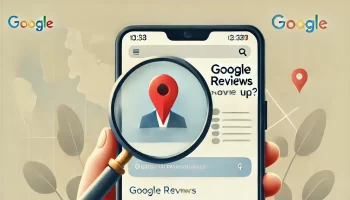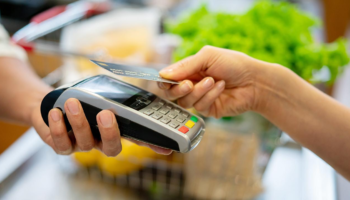Generally speaking, lead generation is a marketing term that refers to the process of receiving enquiries regarding a product or service. A lead can contain contact information, demographic information, and an interest in a product or service.
Social media
Using social media for lead generation is a great way for businesses to connect with prospects and customers. You can click the link: https://www.clickfunnels.com/blog/lead-generation-campaign-examples/ for more information. However, it requires some planning and effort to get the most out of your social presence.
The first step is to figure out where your target customers are. Then you can start to generate leads in the places where they are most likely to be found. In most cases, you will need to focus on a single or two sites.
You can start by creating a presence on a few popular social networks. Facebook, Instagram, and Twitter are all great places to start. You can also use Facebook groups to connect with your audience.
Next, you need to create content that is relevant to your target audience. Your content should be informative and compelling. You should also have a strong call-to-action.
You can also use giveaways and contests to generate leads. Depending on your goals, you can offer discounts, coupons, or other offers. Then, make sure to include the contact information for your business.
You can also create a chatbot to interact with your visitors. You can click the link to find out more about chatbots. It can help you determine their intent. You can also use it to display offers, rewards, and Omega credit cards.
You can also build your social presence by asking influencers to endorse your products. This can increase your brand exposure and improve conversion rates.

Landing pages
Creating landing pages for lead generation is important for businesses that want to generate leads. They’re the portals that visitors navigate to when deciding whether or not to convert. A landing page can help convert viewers into leads by enticing them with a compelling offer, compelling copy, and a compelling call-to-action.
The headline is one of the most important elements of your landing page. It can either be a bold statement, or a subtle one. Your landing page headline should be as clear and effective as your headline on your homepage.
Your headline can be as simple or complex as you’d like, but it should explain why your offer is the best one. You’ll want to test your headlines to see what works best.
Your headline should also be memorable. It’s important to make your landing page stand out from the rest of your site. You can do this by adding color, breaking up long blocks of text with bullet points, and creating a call-to-action.
You should also test your landing page to see what works best. You can do this by using A/B testing and testing different CTAs. Testing different headlines, colors, and copy can help you discover which ones generate the most leads.

Email templates
Using email templates for lead generation can be a powerful way to communicate and promote your brand. These pre-written messages can be customized to fit your target audience and improve your conversion rates. These templates are also great for enhancing the look and feel of your communications.
Email templates can be used for marketing campaigns, sales prospecting, and email newsletters. This format can also be used as a drip campaign to nurture interested prospects through the sales funnel.
While most email clients will automatically edit your template, it’s still a good idea to make sure your email is delivered with a recognizable “from:” address. Using personalized subject lines can make your message feel more personal.
One of the most effective ways to generate leads is through cold emails. These messages are often designed to be more interactive than conventional email campaigns. They are often used by B2B sales reps, as well as B2C companies. The goal of these emails is to build trust and interest in your company.
The most effective email templates are those that build a connection between your brand and the recipient. These emails may include a welcome email, a CTA, or other helpful content. It’s also important to include a well-written lead magnet, which is an incentive to sign up for your newsletter.
One of the best ways to boost your reservation rates is to send a follow-up email after someone has completed a booking. This will save both you and your customer from having to enter their contact information on multiple websites.
Identifying where B2B buyers are on their journey
Identifying where B2B buyers are on their journey to lead generation is crucial for marketers to be able to craft the best possible messaging and offer. Whether a company is using inbound or outbound marketing, knowing where B2B buyers are on their journey is important for understanding how to reach them and convert them into leads.
Buyers are becoming busier and more informed than ever before. They have more options than ever to get information and solutions, thanks to the internet. This increases the need for a consistent set of information for B2B buyers.
The internet is also making it easier for B2B buyers to identify and solve problems. Buyers can perform online research, read customer reviews, and even conduct in-person discussions with peers to identify solutions. This makes it more important than ever for marketing teams to be able to provide the right content at the right time.
Knowing where B2B buyers are on their journey allows marketers to focus on the right marketing tactics, such as content syndication, to reach the right prospects at the right time. The right content can also be tailored to reach the right audience. For example, a white paper or report could be a great piece of content for a prospect who is looking for solutions to a problem they are experiencing.
Marketing and sales teams need to work together to create the right tools to engage and inform prospects.






